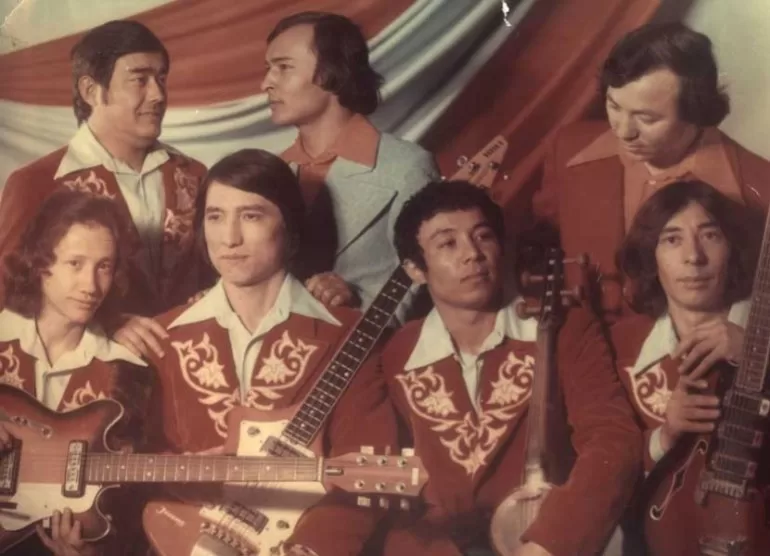On an early morning car ride from Tashkent to Samarkand after a performance in 1983, the Uzbek pop singer Nasiba Abdullaeva tuned in to an Afghan radio station by accident and found herself entranced by a song that was playing.
“From its first notes, the song fascinated me, and I fell in love with it,” Abdullaeva recalled. She asked the driver to pull over so she could quickly memorise the lines. “I didn’t have a pen and paper, so I just asked everyone to be silent.”
Abdullaeva turned that track, originally by Afghan artist Aziz Ghaznawi, into a cover that was eventually released as the groove-laden Aarezoo Gom Kardam (I Lost My Dream), sung wistfully in Dari. Released in 1984, it shot to popularity in Central Asia, the Caucasus – and even became a hit in Afghanistan.
Forty years later, that cover is the opening song on a new compilation released in August by Grammy-nominated Ostinato Records called Synthesizing the Silk Roads: Uzbek Disco, Tajik Folktronica, Uighur Rock, Tatar Jazz from 1980s Soviet Central Asia, which unearths an eclectic sonic era from the dusty crates of history.
In the shadow of the Iron Curtain dividing the former Soviet Union and its communist allies from the West, the anaesthetising drone of state-approved folk ballads often dominated the airwaves.
But during Soviet rule in the 1970s and 1980s, a vibrant musical underground was simultaneously blossoming in lands where cultures had mingled for centuries. Artists from Uzbekistan, Tajikistan, Kazakhstan and beyond were forging a sound unlike anything heard in the USSR.
Imagine German electronic pioneers Kraftwerk getting lost in a Samarkand bazaar, embarking on a journey down obscure alleyways of the communist experiment. A neon-lit postcard from a zone where East met West and the past collided with the future – all under the watchful eye of Soviet censors.
Synthesizing the Silk Roads is a potpourri of experimental fusion: the lush strings of the ballad Paidot Kardam (Found a Sweetheart) by Tajik singer Khurmo Shirinova, the Italo-disco-drenched Lola, Yashlik’s distorted Uighur rock salvo of Radost (Joy) and the melancholic twang of a bouzouki on Meyhane, influenced by Greek refugees who fled to Uzbekistan during the civil war in the 1940s.
For Ostinato label boss Vik Sohonie, the release serves as both a time capsule of the region’s music and a corrective to misconceptions about the USSR.
“The idea the Soviet Union was this closed-off place that did not engage with the world might be true if we’re talking about the European side. On the Asian side, it was a different story,” Sohonie said.
“This album tells you a lot more about the centres of culture within the Soviet Union.”
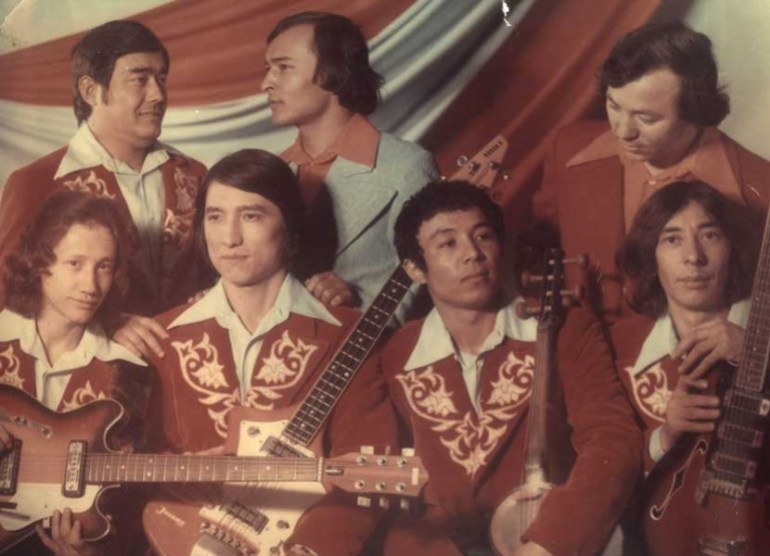
All roads lead to Tashkent
Described as the “central nervous system” of the ancient world by historian Peter Frankopan, the Silk Road connected traders, mystics and empires from China to the Mediterranean.
To ethnomusicologist Theodore Levin, these caravanserai-studded highways of inner Asia were likely where the first “world music” jam sessions occurred as musicians “adapted unfamiliar instruments to perform local music while simultaneously introducing non-native rhythmic patterns, scales and performance techniques”.
Fast forward to the latter half of the 20th century under Soviet control, those syncretic roads reopened like a cosmic fault line to unleash an alchemical brew in which 808 beats clashed with traditional lutes, funky bass lines nestled under Tatar flutes and Uzbek vocalists belted out disco anthems.
To understand how this cultural explosion took place, we need to rewind to the 1940s. As the Nazis stormed across Europe, Soviet authorities forcibly relocated 16 million people from the front lines to the inner east. These transfers took place for many reasons – to protect military and economic assets, maintain internal security, exploit labour resources and consolidate control over a vast multiethnic territory.
Echoing its cosmopolitan past, Uzbekistan’s doors were opened to Russians, Tajiks, Uighurs and Tatars displaced by Joseph Stalin’s transfer programme. Previously in 1937, about 172,000 Koreans were deported from the Soviet Far East to Uzbekistan and Kazakhstan on suspicions of being Japanese spies.
As a result, the Uzbek capital became a sanctuary for scientists, artists and – crucially – music engineers who would establish the Tashkent Gramplastinok vinyl record-pressing plant after the war in 1945. By the 1970s, a network of manufacturing plants under the state monopolist label Melodiya was churning out nearly 200 million records a year.
After the 1960s rock dens flourished, disco fever swept dance floors in the late 1970s with about 20,000 public discos attracting 30 million visitors annually across the USSR.
Many clubs gained notoriety for trading “bourgeois extravagances” like Western cigarettes, vinyl and clothes, giving rise to an underground “disco mafia”. Uzbekistan’s Bukharan Jewish community was integral to the scene, leveraging their diasporic ties to import foreign records and cutting-edge Japanese Korg and American Moog synthesisers.
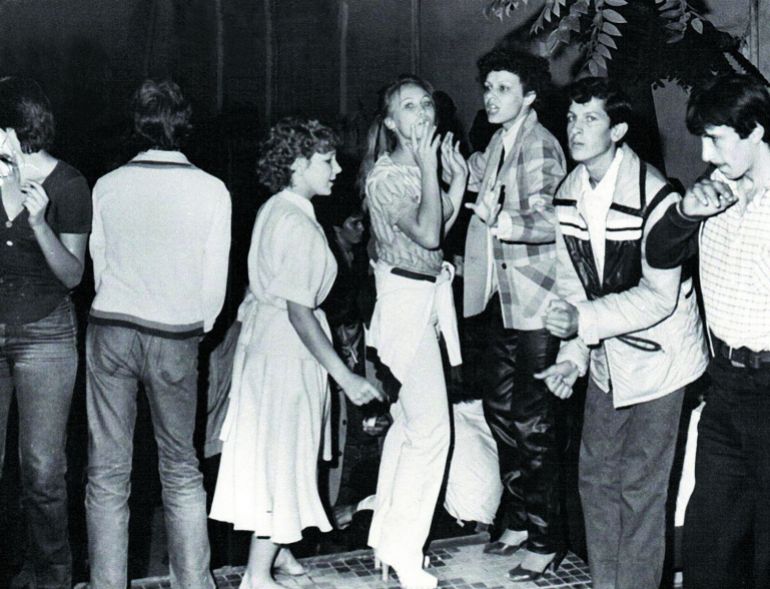
In Soviet Central Asia, boundaries were always shifting, and political suppression existed alongside glitzy discotheques.
According to Leora Eisenberg, a doctoral scholar at Harvard University studying cultural production in Soviet Central Asia, the region’s progressive music was a product of Soviet policies designed to encourage cultural diversity. To cater to a multitude of ethnicities, the USSR institutionalised “acceptable forms of nationhood” into social and cultural forms.
After Stalin’s death in 1953, Nikita Khrushchev ushered in a “thaw” that encouraged cultural expression. Government-funded opera houses, theatres, ballets and music conservatories proliferated as “the state tried to Europeanise national culture while simultaneously promoting it”, Eisenberg explained. Even disco spaces were permitted to operate through state-approved youth leagues known as Komsomols.
Dubbed the “pearl of the Soviet East”, Tashkent’s historical and geographical importance made it essential to Moscow’s plans to modernise what it saw as a “backward” society into a communist success story. As part of Soviet outreach to decolonised states, Tashkent hosted cultural festivals like the Afro-Asian Writers’ Association in 1958 and the biennial Tashkent Festival of African, Asian and Latin American Film in 1968.
“Musicians from Uzbekistan – more so than the other four [Central Asian] republics – were adopting styles of foreign countries by the 1950s because of this political need to cater to the nonaligned world,” Eisenberg said, referring to countries that forged a neutral stance during the Cold War era.
Previously banned jazz now thrived with state support. The inaugural Central Asian Jazz Festival was held in Tashkent in 1968, later moving to Ferghana, 314km (195 miles) southeast of the capital, in 1977. This fostered a fertile jazz scene in Central Asia in the 1970s and 1980s, spearheaded by Uzbek bands Sato and Anor, Kazakh groups Boomerang and Medeo, and Turkmen ensembles Gunesh and Firyuza, blending traditional sounds with jazz, rock and electronic elements.
Then there was the folk-rock group Yalla, which Eisenberg called the “Uzbek Beatles”. Still active today, Yalla blended Uzbek melodies with Western rock arrangements and was significant in bringing Central Asian music to a broader Soviet and global audience.
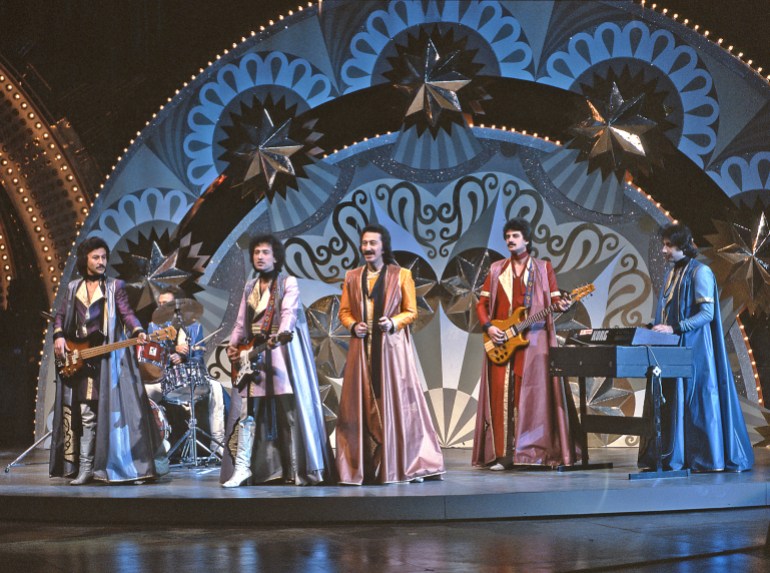
Waiting to be (re)discovered
These Soviet-era artefacts were mostly forgotten after the USSR’s dissolution in 1991 and Uzbekistan’s subsequent independence. “Our people do not know this music today at all,” Uzbek record collector Anvar Kalandarov told Al Jazeera, lamenting a loss of the country’s cultural memory. Much of this music is yet to be digitised and remains in analogue formats.
It was unsold vinyl pressed at Tashkent’s sole record plant combined with live TV recordings that comprised Ostinato’s compilation, sourced with the help of Kalandarov, whose label Maqom Soul co-compiled and curated the album.
After two decades spent scouring flea markets, garages, radio and private archives, Kalandarov amassed a sizable record collection that eventually caught the attention of Sohonie.
“It’s not a part of the world where there’s prolific music documentation,” Sohonie said. A Central Asian release had been on his radar since 2016, so when Kalandarov got in touch last year, Sohonie seized the opportunity. “Anvar contacted me, asking if I wanted to trade some records. I thought, ‘Why don’t we do a compilation?’”
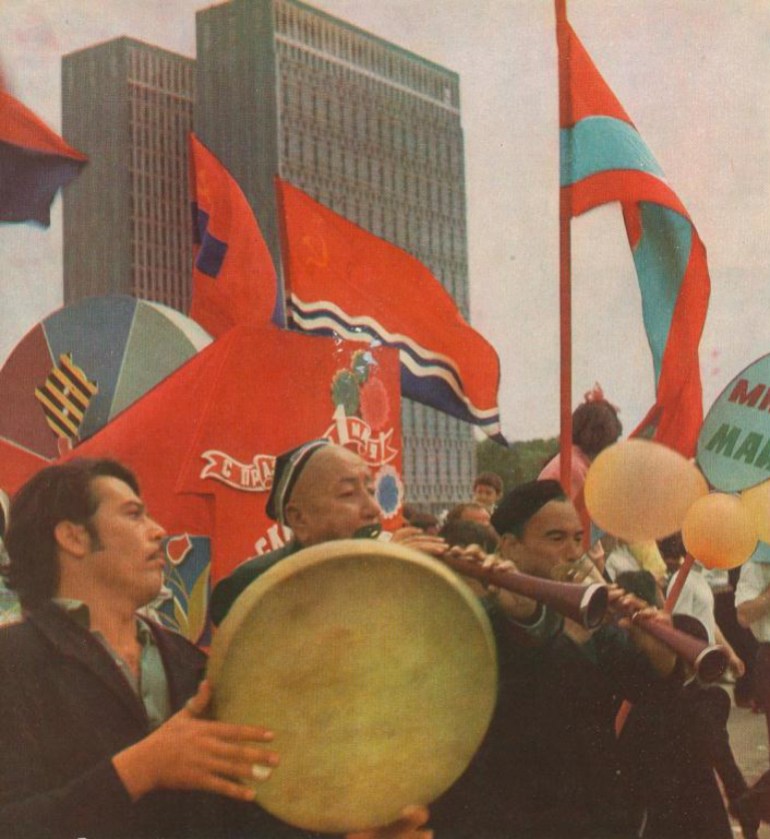
Meeting in Tashkent in October last year, Sohonie and Kalandarov sifted through hundreds of records to select the 15 songs that made it onto the recording. While initially challenging, licensing for all the tracks was secured directly from surviving musicians or their families.
Some of those artists had risked their safety – and lives – while making music.
There is the Uzbek band Original, whose frontman, Davron Gaipov, was jailed in a Siberian labour camp for five years on charges of organising events where illicit substances were used. Shortly after his release in 1983, Gaipov recorded two electropop bangers featured on the album: Sen Kaidan Bilasan (How Do You Know) and Bu Nima Bu (What’s This).
Others had darker fates, like Enver Mustafayev, founder of the Crimean jazz group Minarets of Nessef, whose track Instrumental simmers with sanguine horns. Mustafayev’s lyrics in Crimean Tatar, a then-criminalised language, and his political activism with a separatist movement earned him a seven-year prison sentence after a vicious KGB assault. He died from suspected tuberculosis three days after his release in 1987.
Fortuitously, Kalandarov managed to track down one of the surviving Minarets of Nessef band members who offered him their original tapes that had escaped the KGB’s hands.
Musicians like Abdullaeva have fond memories of the Soviet cultural milieu. “In my opinion, I feel the music from that time was a higher quality and more diverse. It had character. Everyone had their own sound,” she said.
That sentiment extended to how artists were venerated at the time. “We were looked up to as stars and treated with respect. Sadly, it is not the case today.”
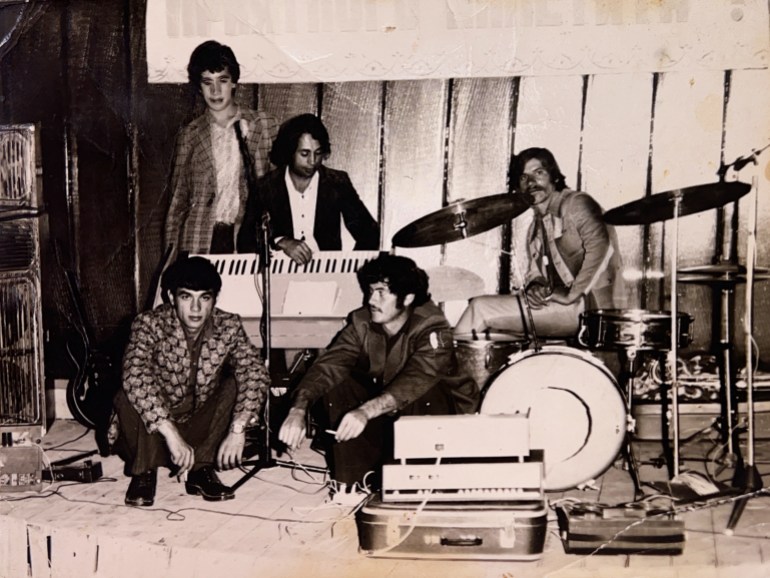
Decentring the West
Overshadowed by the collapse of the Soviet Union three decades ago, this rich sonic tapestry was buried by an industry too busy dissecting the rise of grunge in the 1990s to care about some distant genre-bending recordings in Almaty or Dushanbe.
Keeping with the decolonial spirit guiding Ostinato’s past music anthologies spanning the Horn of Africa, Haiti and Cabo Verde, Sohonie said he believes Synthesizing the Silk Roads recentres Central Asia at a time when Chinese investment is pouring into infrastructure projects and new Silk Roads are revived like Beijing’s Belt and Road Initiative.
“It’s self-evident from the music that the centres of history are not what we are told,” he said. “If we are entering a post-Western world, it’s probably wise if we decentre the West in our pillars of imagination.”
Kalandarov hopes that spotlighting Central Asian music will elevate its perception among listeners. “Uzbekistan is opening up to the world. We have a beautiful history and culture, and we want to share it with everyone.”
And, perhaps fittingly, the spirit of these Silk Road melodies feels timeless enough to be played in an Ashgabat caravanserai as well as a Soviet discotheque.
